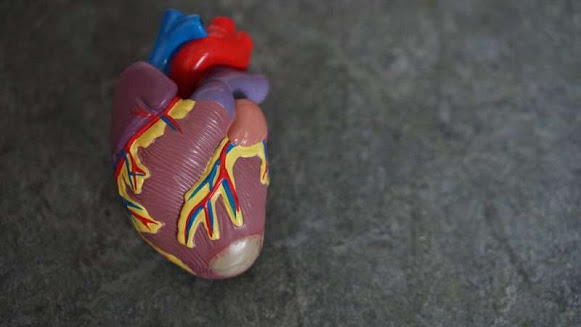How fingers could point to a link between low testosterone and COVID hospitalizations
How fingers could point to a link between low testosterone and COVID hospitalizations
Would the length of an individual's fingers be able to give some insight to how sick they could get subsequent to contracting COVID-19?
It is generally perceived that a more drawn out ring finger is a marker of more significant levels of testosterone prenatally, though a more extended forefinger is a marker of more elevated levels of estrogen. By and large, men have longer ring fingers, while ladies have longer forefingers.
New examination including Swansea University is analyzing the connection between levels of sex chemicals in the belly and in adolescence and COVID hospitalizations.
A great many people who contract the infection just experience gentle side effects. Yet, with regards to patients who need clinic care, the rates change contingent upon age (with old individuals the most impacted) and orientation (with guys encountering a higher seriousness than females).
This has driven researchers to look at the connection among testosterone and COVID-19 seriousness all the more intently. One theory ensnares high testosterone in serious cases yet another connections low degrees of testosterone in older men with an unfortunate anticipation.
Presently Professor John Manning, of the Applied Sports Technology, Exercise and Medicine (A-STEM) research group, has been working with associates from the Medical University of Lodz in Poland and Sweden's Karolinska University Hospital to look all the more carefully at digit (proportions of the second, third, fourth and fifth digits) as indicators of seriousness of COVID-19 side effects.
The analysts saw that patients with "feminized" short little fingers comparative with their different digits will quite often encounter extreme COVID-19 side effects prompting hospitalization, and all the more critically patients with huge right hand-left hand contrasts in proportions 2D:4D and 3D:5D-have significantly raised probabilities of hospitalization.
These fundamental discoveries have recently been distributed in Scientific Reports.
Teacher Manning said that their "discoveries recommend that COVID-19 seriousness is connected with low testosterone and perhaps high estrogen in all kinds of people.
"'Feminized' contrasts in digit proportions in hospitalized patients upholds the view that people who have encountered low testosterone or potentially high estrogen are inclined to extreme articulation of COVID-19. This might make sense of why the most in danger bunch is old guys.
"This is huge since, supposing that it is feasible to recognize all the more exactly who is probably going to be inclined extreme COVID-19, this would help in focusing on inoculation. Right-Left contrasts in digit proportions (especially 2D:4D and 3D:5D) may help in such manner."
There are presently a few preliminaries of against androgen (testosterone) drugs as treatment for COVID-19. In any case, conversely, there is likewise interest in testosterone as an enemy of viral against COVID-19.
He added that their "research is assisting with adding to comprehension of COVID-19 and may carry us nearer to working on the collection of hostile to viral medications, assisting with shortening clinic stays and diminish death rates."
Teacher Manning said the cooperation would now proceed. "The example is little however continuous work has expanded the example. We desire to report further outcomes quickly."
His past work in the field featured how the length of kids' fingers connect with moms' pay level and highlight vulnerability to sicknesses that start in the belly.
Analysts drove by Professor Manning uncovered that low-pay moms might feminize their kids in the belly by changing their chemicals, while big league salary moms masculinize their posterity.




Comments
Post a Comment